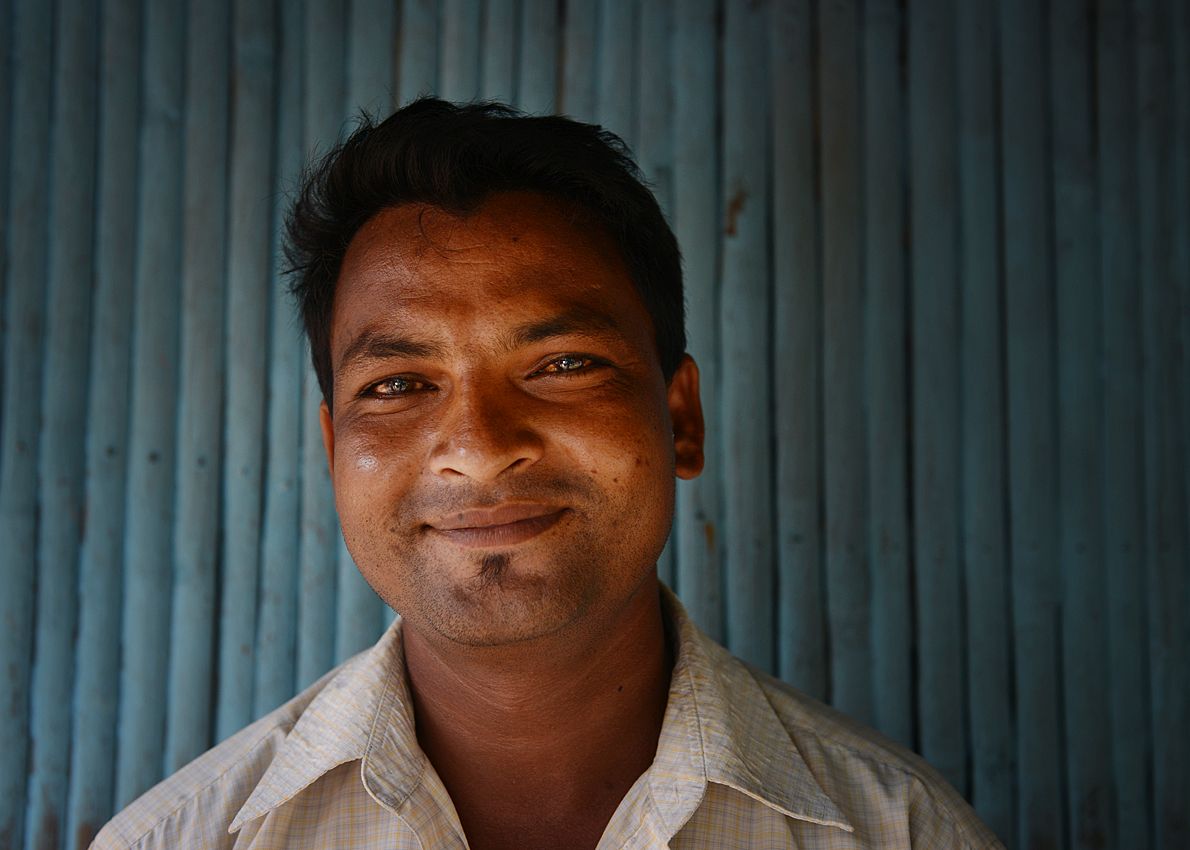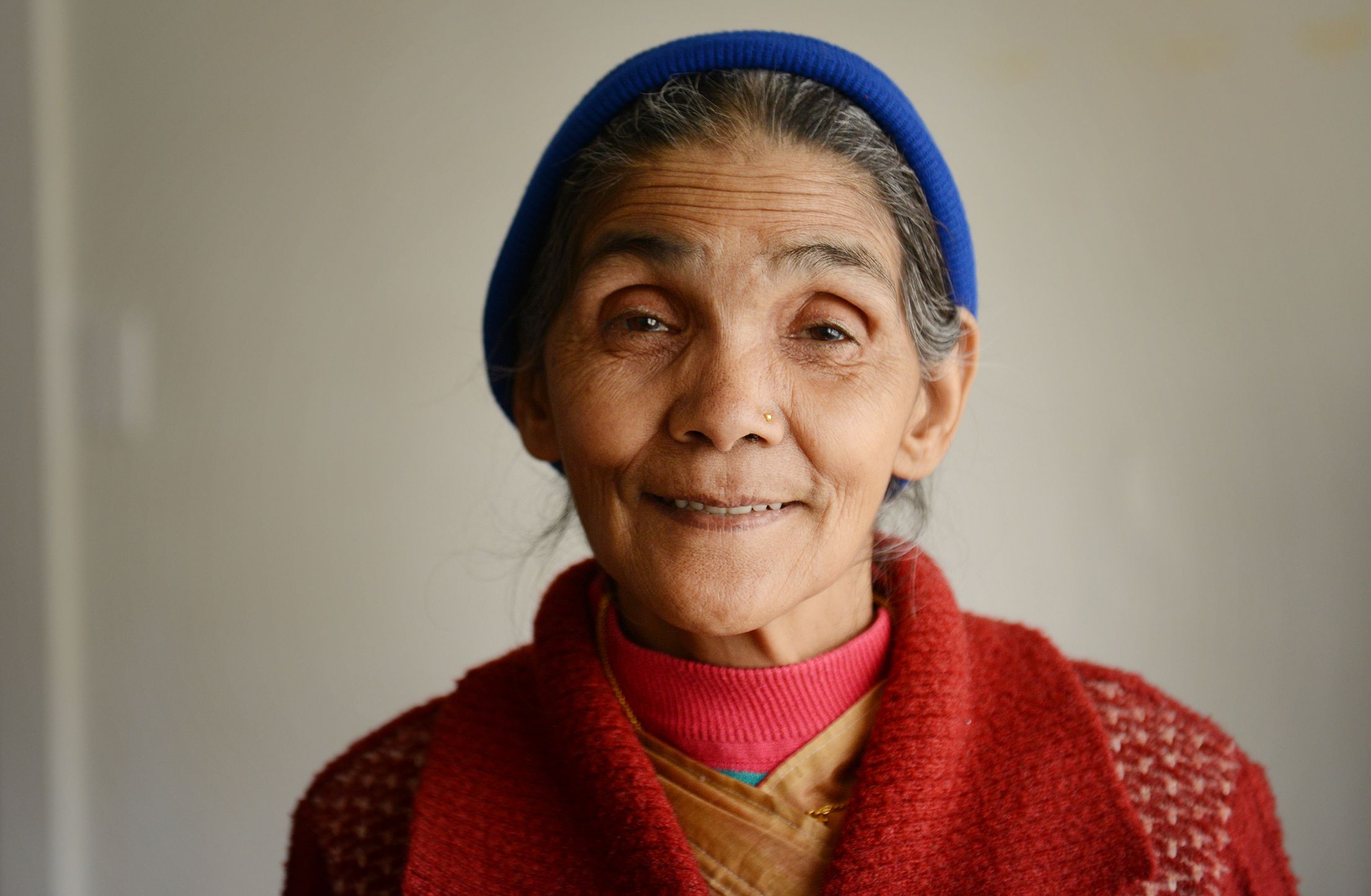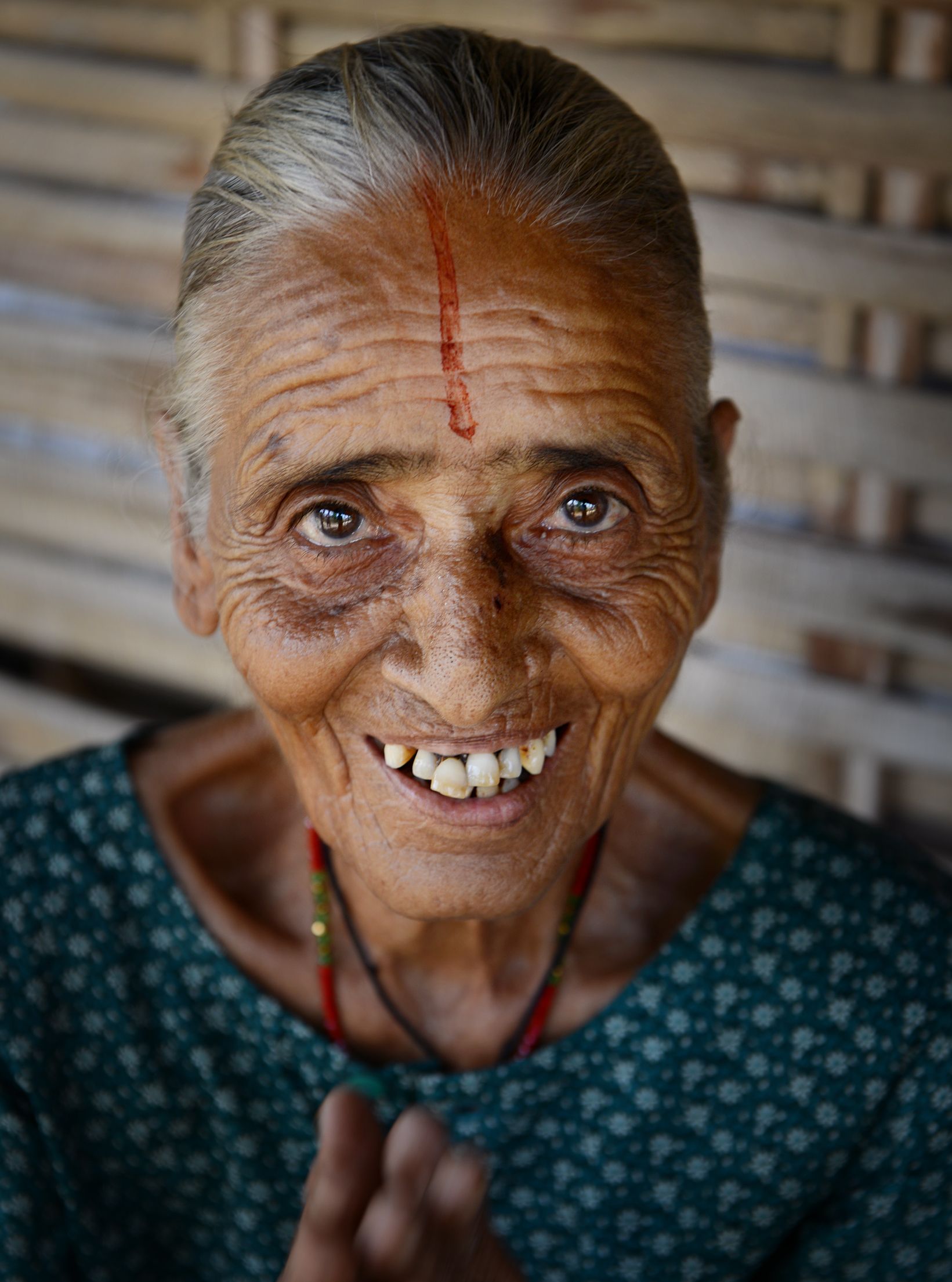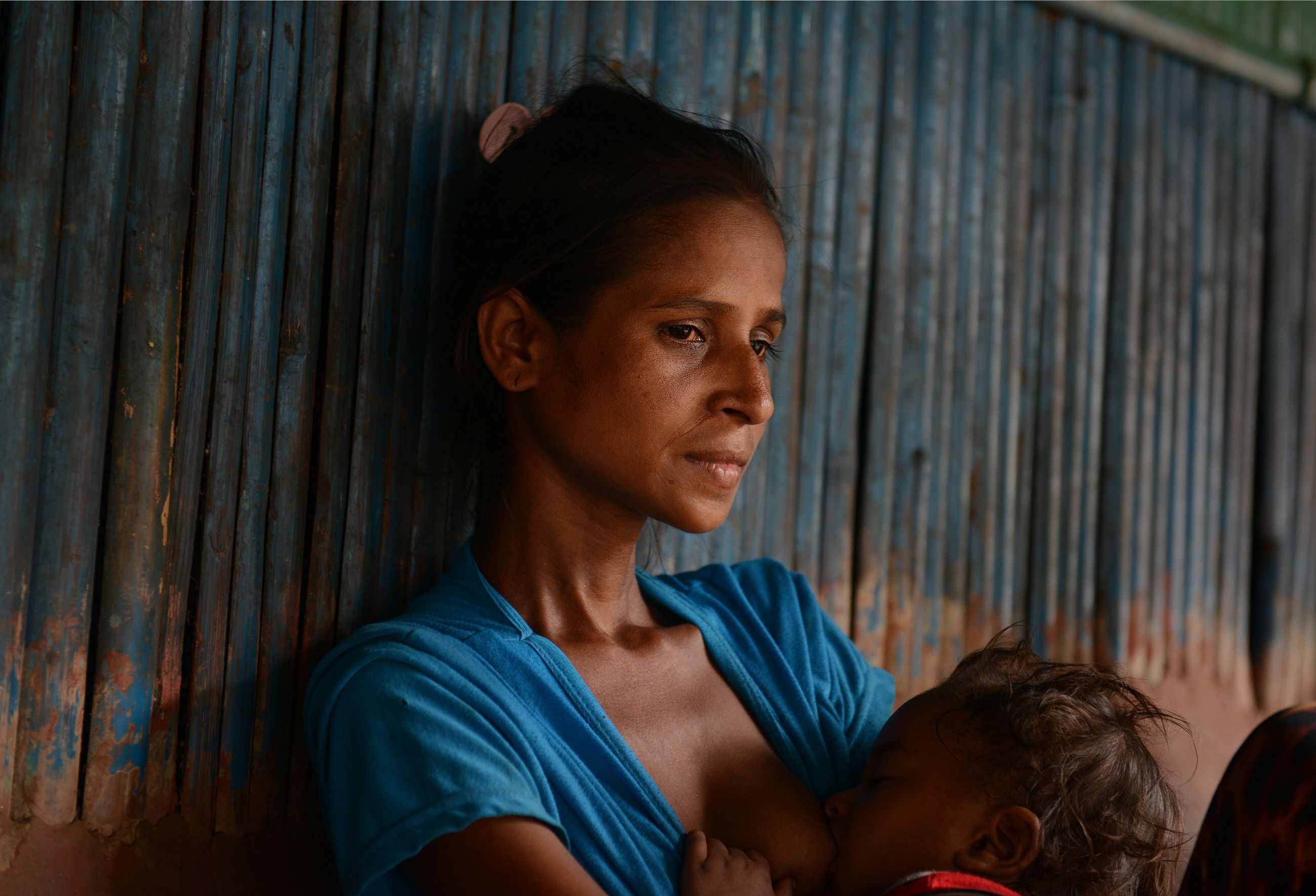October 03, 2014 | Pulitzer Center
These portraits introduce us to some of the Bhutanese refugees who have immigrated to Pittsburgh and to their family members who are waiting in the camps in Nepal to be resettled. A few tell the stories of people who either do not want to leave Nepal for “third countries” or have little chance of immigrating due to personal circumstances. The application period for third-country resettlement closed at the end of June 2014 and although most remaining refugees applied, over a thousand did not. We wonder what will become of them when everyone else is gone, where they might go when camps are closed.







![Khagendra Prasad Timsina, 54, is a Hindu priest. He represents an older generation that is apprehensive about third-country resettlement. "We don't have any skill of working because we haven't worked for 20 years plus. We don't have the language, so what [will we] do there," he said. He also worries that a move to America would mean closing the door on ever returning to Bhutan or seeing his family there. "It's finished after going to the US...I don't know when we (my family) would meet again.” Image by Julia Rendleman. Nepal, 2014.](https://legacy.pulitzercenter.org/sites/default/files/styles/node_images_768x510/public/09-03-14/people8.jpg?itok=HttNNFxo)









